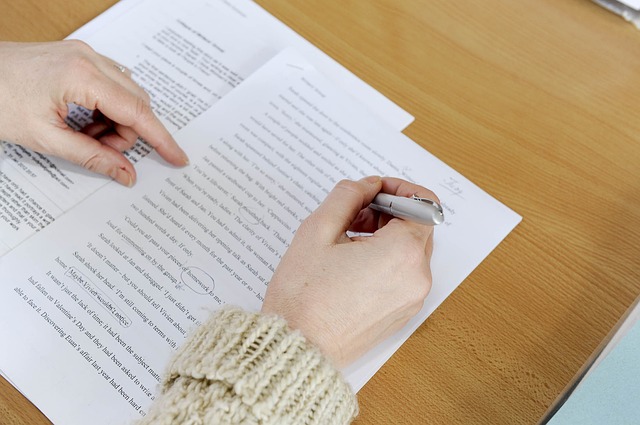
First Draft
First draft is completed! What’s next, I ask myself? What should I do now? This week I completed a first draft of another picture book. If you recall, I am participating of the 12×12 picture book challenge. In this challenge we try to write a draft of a picture book each month. This month is March and this is my third picture book draft. While that may not seem like a great accomplishment, I assure you it is!
Finishing that first draft always brings both a sense of relief, and the concerns that come along with the first draft.
Revision Process
As every writer knows, this is when the real work begins. This is when we take that draft and turn it into a picture book manuscript. We read for story flow, catch inconstancies, develop characters, insert missing information, eliminate redundancy, tighten up word choice, and revise, revise and revise.
Everyone has their own process including actual editors. While I do not enjoy the editing process, I understand its importance and I have developed a system that works for me.
First Read
I like to have a paper copy of the manuscript, my pencil, outline and my notebook. The first thing I do is read the story from beginning to end. I note my first impressions and reaction to the story as a reader, not the author. It has been said that you should put your draft to the side for at least a month, but I find that a two week break gives me enough space to come back and read the story with new eyes.
Second Read
After the first read, I go back through with my notes and work on the areas that did not flow. Taking the time to rewrite the areas I noted during the first read. This is where I look at all of the elements or the “big picture”. This includes setting, characters, plot, conflict, resolution and point of view.
Third Read
Now that I have made some revisions I want to look at the beginning of my story. Does it draw in the reader? I check the dialogue to ensure it is realistic and that the dialogue is representative of children or characters in the story. Are my characters believable? Will children relate to these characters?
Fourth Read
The next step in the bring others into our process. Critique groups or beta readers can help us improve the quality of our work. Beta Readers review finished manuscripts before they are published. They provide the author with feedback from the reader’s point of view. This is one of my favorite parts of the process. Readers make suggestions that you can really improve your story.
More Revisions
Based on the input of my critique group or beta group I will be making more revisions. I think it is important to note that you do not need to make any changes that you do not agree with or that do not advance your story. This is your story and you can decide which suggestions to make and which ones do not serve your story.
Professional Editing
At this point I am ready for some professional editing. Many writers like to employ the services of a professional editor to look over their manuscript to help catch all of those minor errors that may have been missed.
All of this editing will hopefully turn your story into a manuscript that an agent will fall in love with and that a publisher will just have to publish!
To answer the question above … First Draft Completed! What’s Next?
Revise, Revise, Revise!
To read more about editing a picture book check out this post. If you have some editing tips, I would love for your to share below.